In today’s competitive electric-toothbrush market, adaptor compatibility and grip ergonomics flaws often go hand-in-hand—poorly designed handles can misalign charging contacts or make it hard for users to seat the charger correctly. Below, we explore six key factors that link ergonomics missteps to charging‐base failures, and how B2B manufacturers can deliver both comfortable grips and rock-solid compatibility.
First, when a handle’s shape or texture forces users to hold it off-center:
Ensuring symmetrical, slip-resistant grips is the first step toward reliable adaptor compatibility.
Moreover, grip ergonomics flaws that cause fatigue can shorten the time users apply downward force:
Designing handles that distribute weight and dampen feedback encourages stable docking for consistent charging.Company web: https://www.powsmart.com/product/electric-toothbrush/
In addition, handle materials influence both ergonomics and adaptor fit:
Selecting a uniform, high-friction, low-creep elastomer balances comfort with dimensional stability.
To eliminate the conflict between ergonomics and compatibility, consider:
This co-design approach means the handle naturally “snaps” into proper adaptor alignment every time.
Furthermore, comprehensive testing uncovers hidden ergonomic-compatibility issues:
Incorporating these tests into your QA pipeline guarantees fit and feel in the hands of real users.
Finally, even the best design benefits from clear instruction:
Equipping distributors and end users with these resources ensures that ergonomic comfort and adaptor compatibility go hand in hand—literally.
Conclusion
By tackling grip ergonomics flaws—from handle geometry and material selection to user fatigue and feedback zones—manufacturers can eliminate the adaptor compatibility headaches that plague many electric toothbrush lines. Through co-design, rigorous testing, and clear user guidance, B2B partners can deliver devices that feel great in the hand and dock flawlessly every time. Contact us to learn how we can help perfect both your form and function!
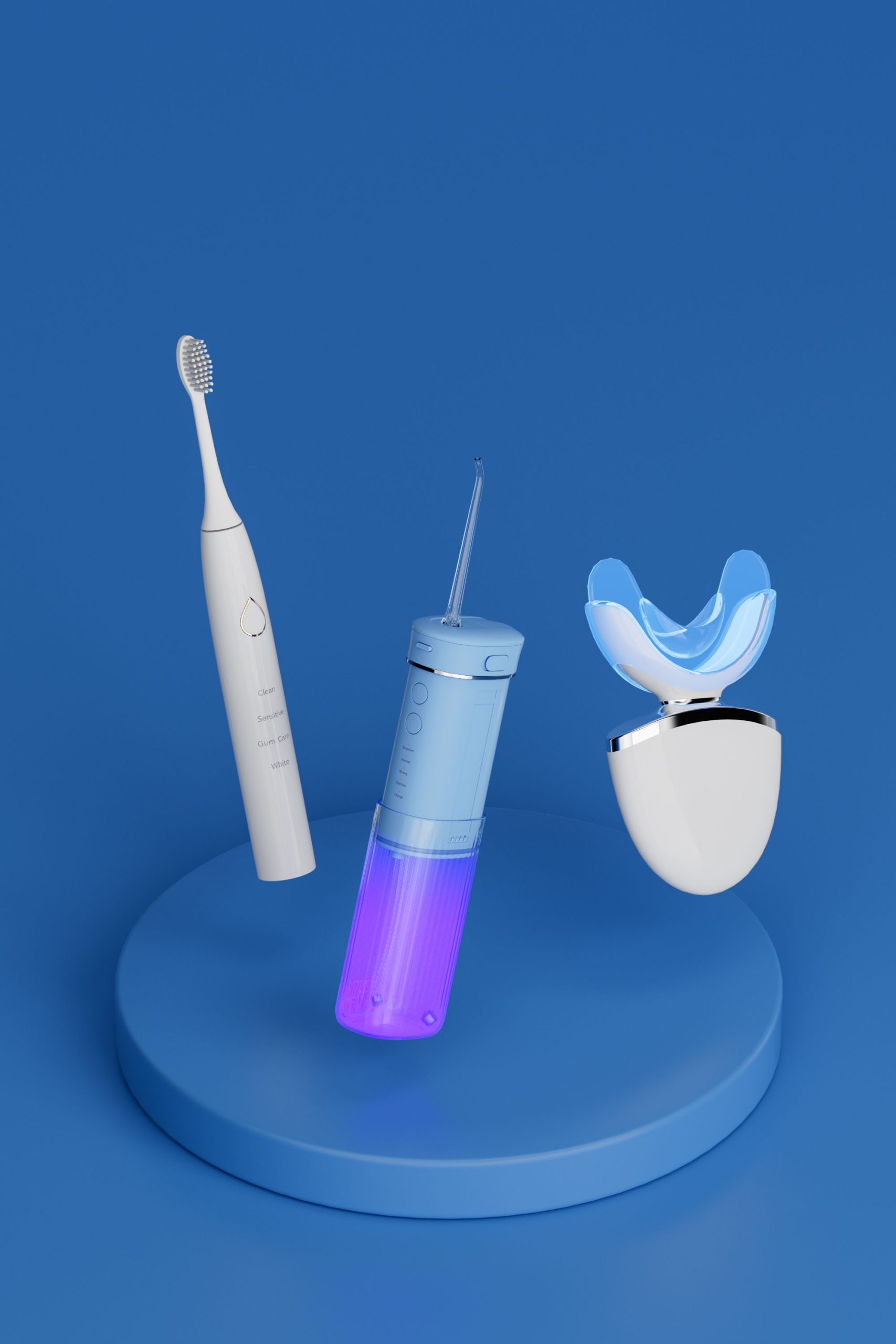

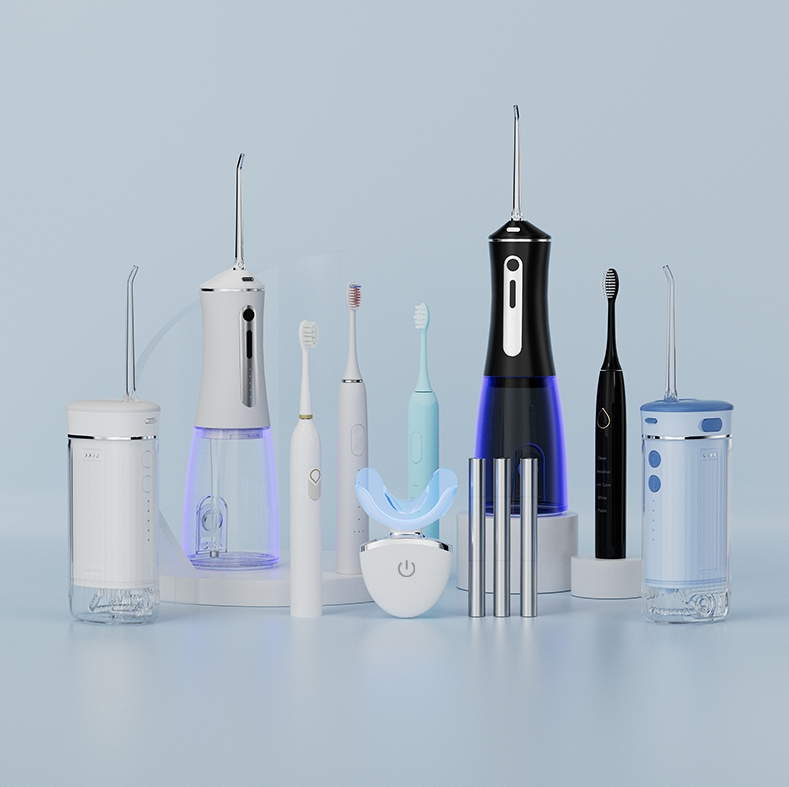
Electric Toothbrush Industry Report 2025: Growth Opportunities and Competition Analysis

Do At-Home Light Therapy Teeth Whiteners Really Work?

Travel Water Flosser Design: Power Compatibility, Storage & Waterproofing
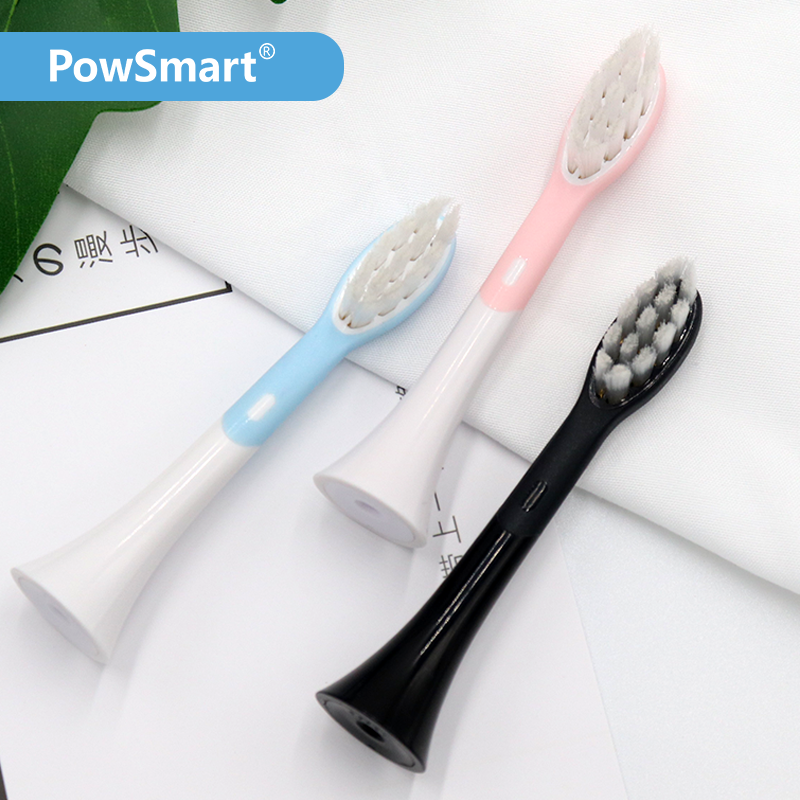
Are Electric Toothbrush Heads Universal?
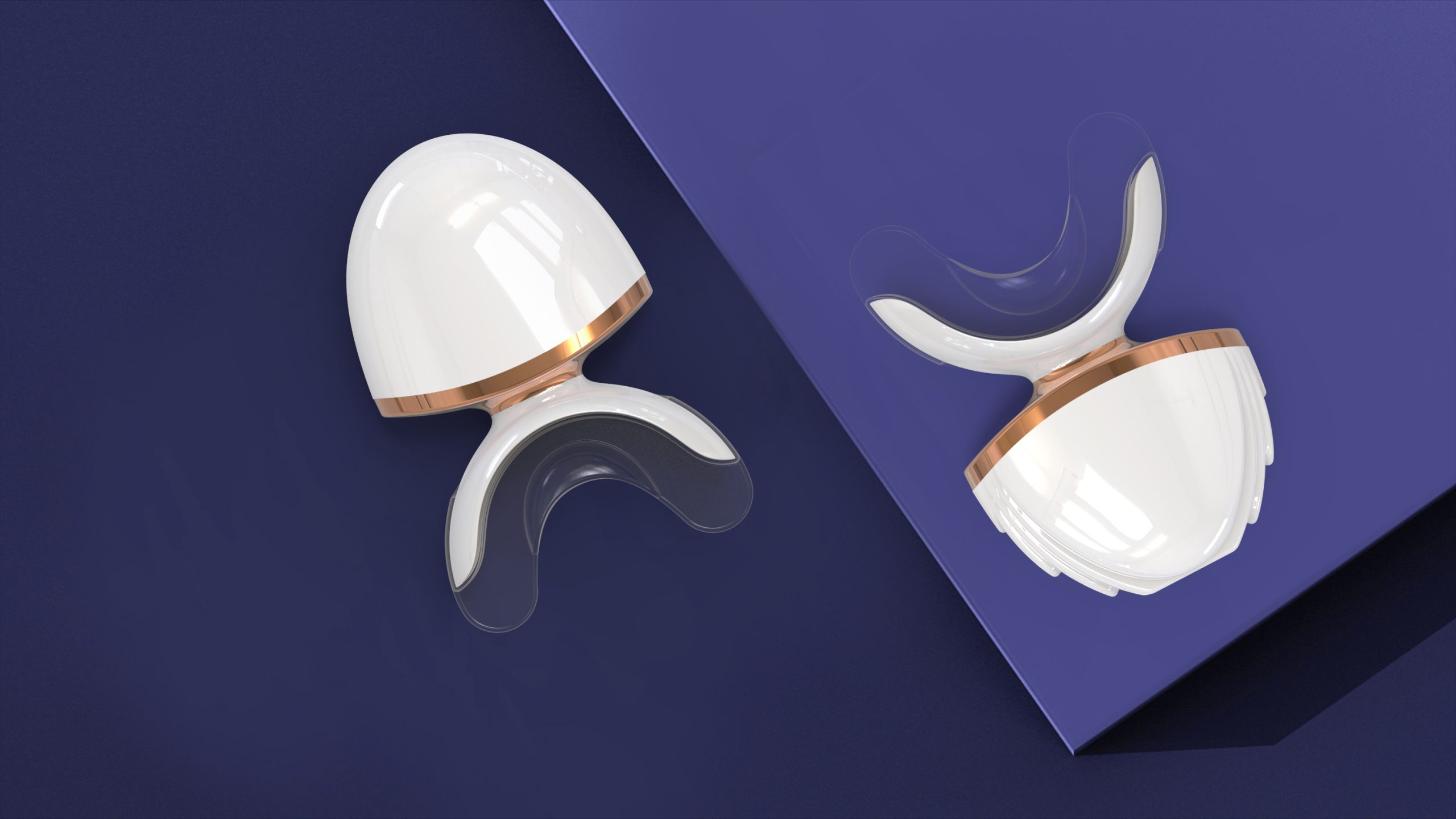
Dentist’s Guide: Choosing the Right LED Whitening Device for Stains
How to Optimize Jet Instability and User Discomfort?
.jpg)
Gentle Oral Care Products for Sensitive Gums: A Guide for Brands Seeking the Right Manufacturer
Are Pressure Sensor Errors Worsening Hygiene Mode Absence?
.jpg)
A Guide to Designing Good-Looking Electric Toothbrush: How Can Macaron Colors + APP Interconnection Increase Product Premium?
Traditional Values Modern Electric Toothbrush India
Is Battery Swelling Causing Pressure Loss?
Why Are Battery Recycling Challenges Ignored Despite Gum Massage Inconsistency?

Small Batch Purchase of Red and Blue Light Teeth Whitening Devices and OEM Factory Sourcing Strategy
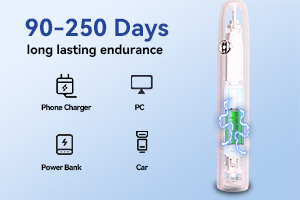
Wireless vs. Contact Charging: Which Is Better for Electric Toothbrushes?
Handle Grip Design Affecting Mucosal Irritation?

How to Create a High-Conversion Oral Irrigator Product Page

electric toothbrush heads Regular Clean

Customization Teeth Whitening Gel
.jpg)
Florida Electric Toothbrush – Powsmart PTR-C8

electric toothbrush heads Ultra Soft

Private Label Whitening Gel

Electric toothbrush heads Charcoal Infused-Diamond

electric toothbrush heads Charcoal Infuse-Round

electric toothbrush heads Deep Clean
whstapp
whstapp
National Toll-Free Service Hotline
+86 755 86238638